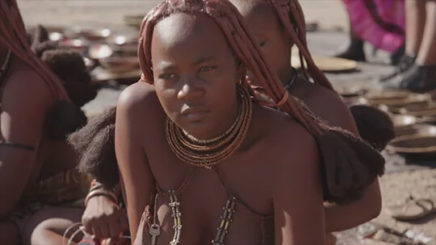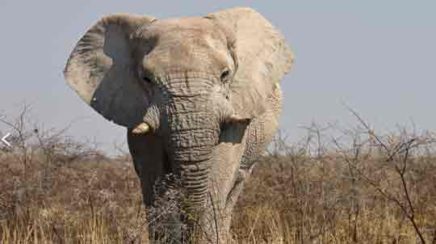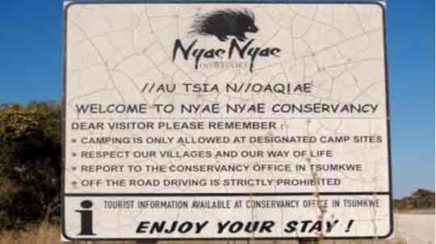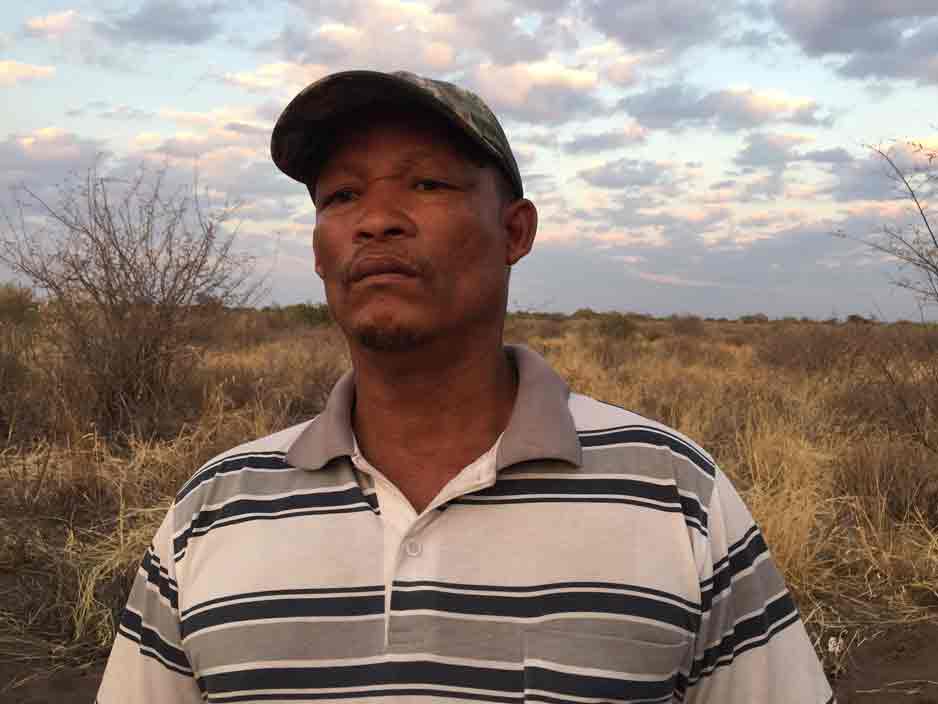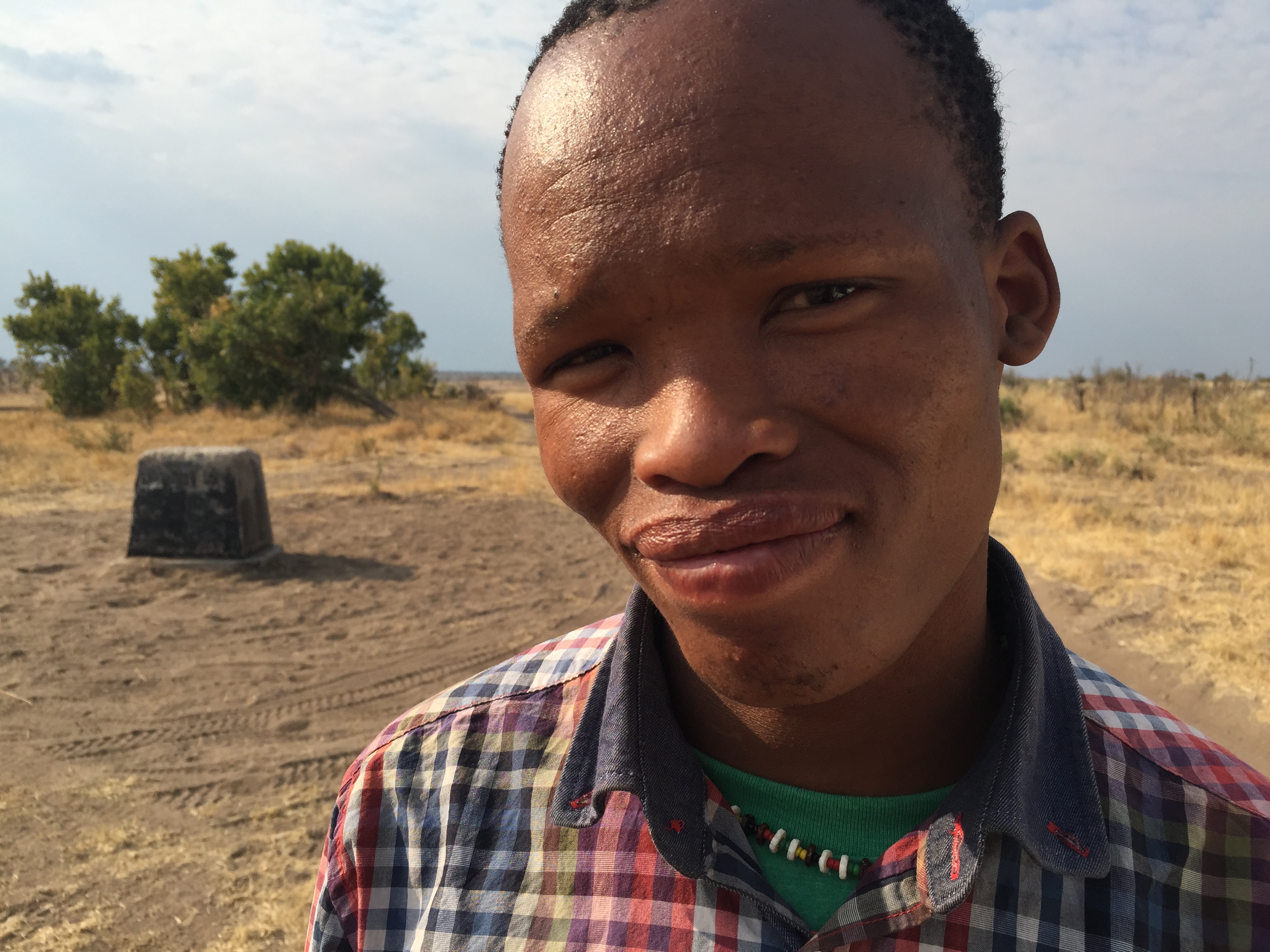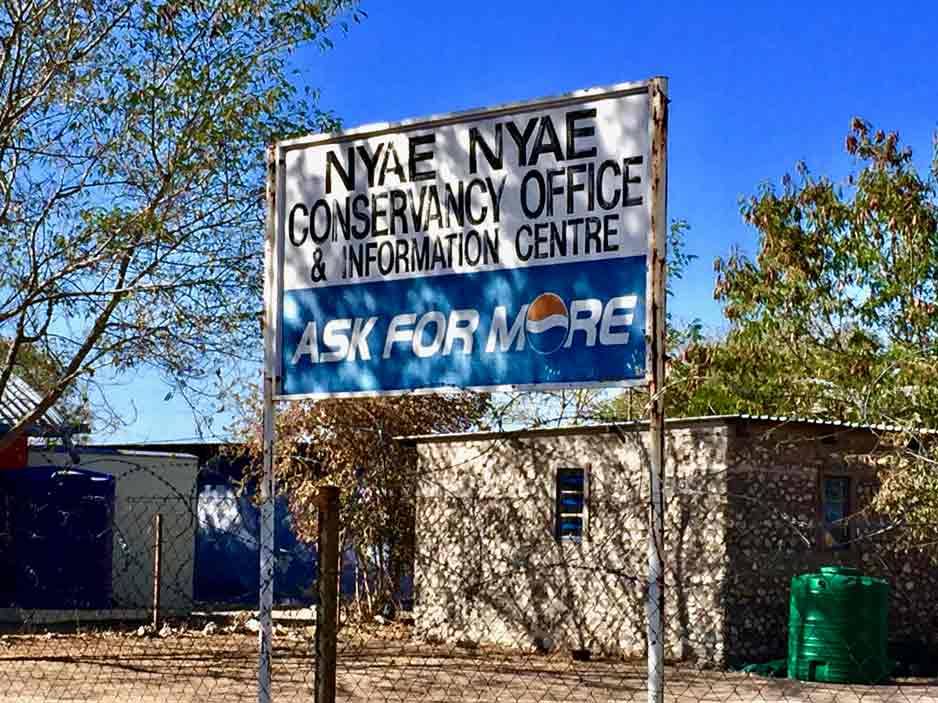Since the first steps of man, Native peoples have shared a spiritual connection with mother earth, a belief that sustains us, shapes our cultures and gives us faith.
My name is Simon Baker and after a grueling 36 hour trip from Vancouver, I’ve arrived in Namibia, formerly a part of South Africa but as of 1990, one of Africa’s youngest independent countries. The capital city of Windhoek is a multicultural mix of Indigenous African peoples and the descendants of colonial settlers, most notably German. In this city of stark economic and cultural contrasts, Namibia’s Indigenous peoples co-exist blending their past with the present in this modern urban landscape.

